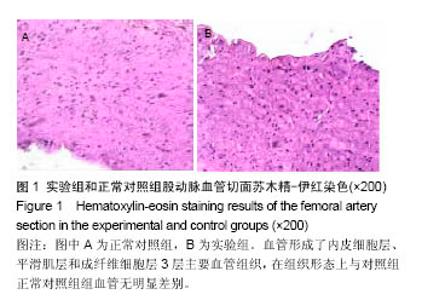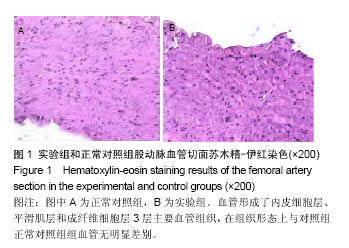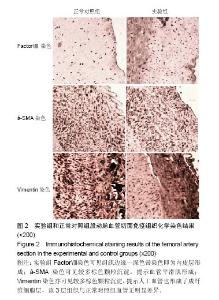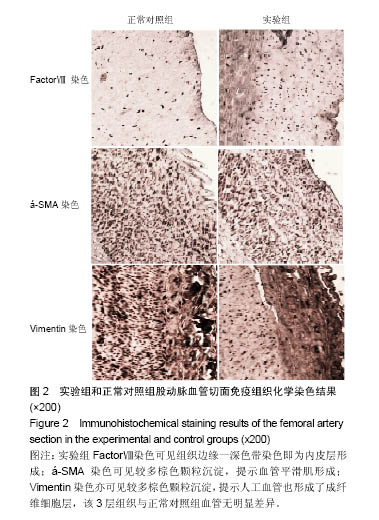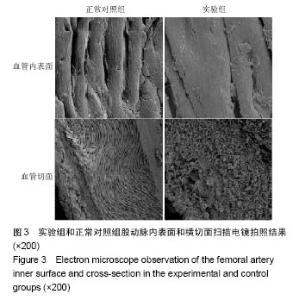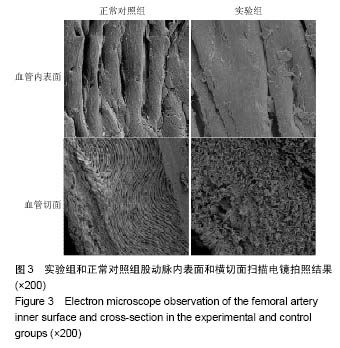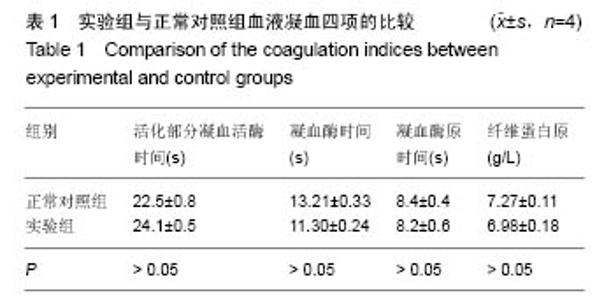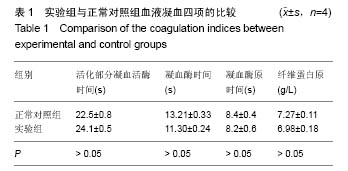| [1]Batelaan NM,ten Have M,van Balkom AJ,et al.Anxiety disorders and onset of cardiovascular disease: the differential impact of panic, phobias and worry.J Anxiety Disord.2014; 28(2):252-258. [2]Charlton F,Tooher J,Rye K,et al.Cardiovascular Risk, Lipids and Pregnancy: Preeclampsia and the Risk of Later Life Cardiovascular Disease. Heart Lung Circ.2014; 23(3): 203-212. [3]Futrega K,King M,Lott WB,et al.Treating the whole not the hole: necessary coupling of technologies for diabetic foot ulcer treatment.Trends Mol Med.2014;20(3):137-142. [4]Zhang C, Ma L, Peng F,et al.Spontaneous gas gangrene of the scrotum in patient with severe diabetic ketoacidosis.Int J Diabetes Mellit.2010;2(3):196-198. [5]Wang S,Zhao Y.Diabetes mellitus and the incidence of deep vein thrombosis after total knee arthroplasty:a retrospective study.J Arthroplasty.2013;28(4):595-597.[6]薛光华.血管代用品[J].实用外科杂志,1987,7(3):119-120. [7]Tara S,Kurobe H,Maxfield MW,et al.Evaluation of remodeling process in small-diameter cell-free tissue-engineered arterial graft.J Vasc Surg.2015;62(3):734-743. [8]Campbell EM,Cahill PA,Lally C.Investigation of a small-diameter decellularised artery as a potential scaffold for vascular tissue engineering; biomechanical evaluation and preliminary cell seeding.J Mech Behav Biomed Mater.2012;14: 130-142. [9]Meiring M,Allers W,Le Roux E. Tissue factor: A potent stimulator of Von Willebrand factor synthesis by human umbilical vein endothelial cells.Int J Med Sci.2016;13(10): 759-764.[10]Wise ES,Brophy CM.The Case for Endothelial Preservation via Pressure-Regulated Distension in the Preparation of Autologous Saphenous Vein Conduits in Cardiac and Peripheral Bypass Operations.Front Surg.2016;3:54.[11]Yin A,Bowlin GL,Luo R,et al. Electrospun silk fibroin/poly (L-lactide-å-caplacton) graft with platelet-rich growth factor for inducing smooth muscle cell growth and infiltration.Regen Biomater.2016;3(4):239-245.[12]刘志芳,陈艰.自体血管在冠状动脉搭桥术中的应用[J].江西医药, 2008,43(6):611-613.[13]张凡,郭东阳,程悦,等.老年慢性肾功能衰竭合并糖尿病患者自体血管通路的建立及围手术期处理[J].实用医院临床杂志,2010, 7(2):62-64.[14]Wang Y,Shi H,Qiao J,et al.Electrospun tubular scaffold with circumferentially aligned nanofibers for regulating smooth muscle cell growth. ACS Appl Mater Interfaces. 2014;6(4): 2958-2962.[15]Stollwerck PL,Kozlowski B,Sandmann W,et al.Long-term dilatation of polyester and expanded polytetrafluoroethylene tube grafts after open repair of infrarenal abdominal aortic aneurysms.J Vasc Surg.2011;53(6):1506-1513.[16]Wang Y,Wu W,Allen R.Vitalize synthetic vascular grafts in vivo. Cardiovasc Pathol.2013;22(3):e51. [17]Qi P,Maitz MF,Huang N.Surface modification of cardiovascular materials and implants. Surf Coat Technol. 2013;233(11):80-90.[18]吕静静,於学禅,沈秋霞,等.干细胞在工程化组织构建与再生中的应用[J].中国生物医学工程学报,2013,32(1):99-104.[19]Laterreur V,Ruel J,Auger FA,et al.Comparison of the direct burst pressure and the ring tensile test methods for mechanical characterization of tissue-engineered vascular substitutes.J Mech Behav Biomed Mater.2014;34:253-263. [20]Li C,Yang W,Zhou J,et al.Risk factors for predicting postoperative complications after open infrarenal abdominal aortic aneurysm repair: results from a single vascular center in China.J Clin Anesth.2013;25(5):371-378.[21]张运芬.血管内支架置入术治疗布-加氏综合症护理体会[J].医学理论与实践,2003,16(6):700-701. [22]Davoudi M,Tayebi P,Beheshtian A.Primary patency time of basilic vein transposition versus prosthetic brachioaxillary access grafts in hemodialysis patients.J Vasc Access. 2013; 14(2):111-115.[23]彭辉,阳富春.同种异体血管移植的研究及临床应用[J].微创医学, 2009,4(1):51-53.[24]潘仕荣,杨世方,易武,等.小径微孔聚氨酯人工血管的制备条件对微观结构与性能的影响[J].中国修复重建外科杂志, 2005,19(1): 64-69.[25]潘仕荣,陶军,郑欢玲,等.小径微孔聚氨酯人工血管的顺应性[J].生物医学工程学杂志,2006,23(3):517-520.[26]Giudiceandrea A,Seifalian AM,Krijgsman B,et al.Effect of prolonged pulsatile shear stress in vitro on endothelial cell seeded PTFE and compliant polyurethane vascular grafts.Eur J Vasc Endovasc Surg.1998;15(2):147-154.[27]冯亚凯,吴珍珍.可生物降解聚氨酯在医学中的应用[J].材料导报, 2006,20(6):115-117.[28]Saitow C,Kaplan DL,Castellot JJ Jr.Heparin stimulates elastogenesis: application to silk-based vascular grafts.Matrix Biol.2011;30(5-6):346-355. [29]Sakiyama-Elbert SE.Incorporation of heparin into biomaterials. Acta Biomaterialia. 2014;10(4):1581-1587.[30]陈柄灿.聚醚氨酯结构修饰及其相关特性研究[D].重庆大学,2005. [31]韩明川.石英晶体微天平研究蛋白质在壳聚糖及衍生物表面的吸附行为[D].天津大学, 2004. [32]Levenberg S,Khademhosseini A,Langer R.Chapter 39–Embryonic Stem Cells in Tissue Engineering.Essentials of Stem Cell Biology (Third Edition),2009:581-592. [33]Kuo ZK,Lai PL,Toh EK,et al.Osteogenic differentiation of preosteoblasts on a hemostatic gelatin sponge.Sci Rep.2016; 6: 32884. |
